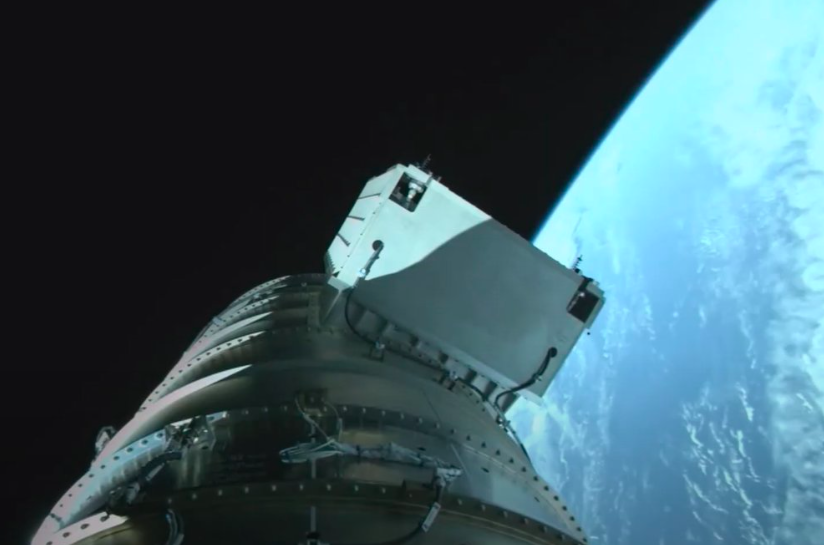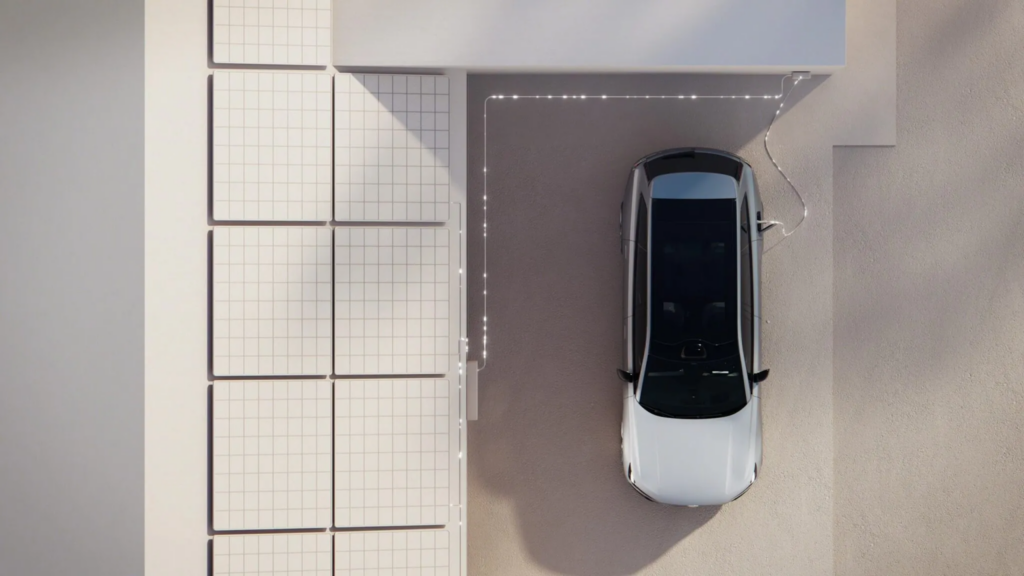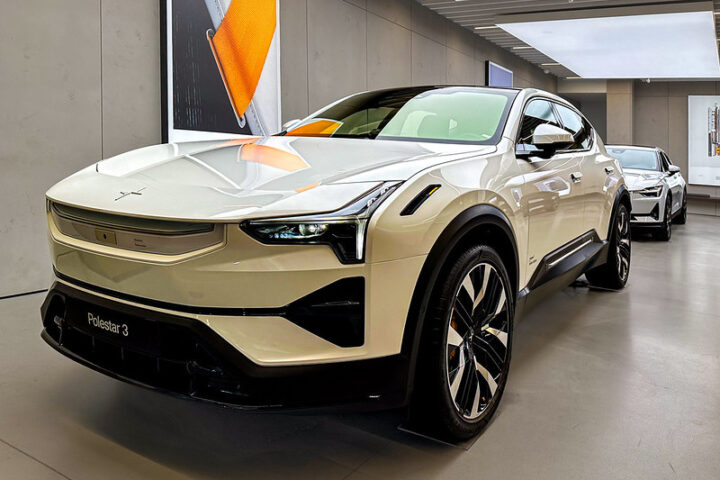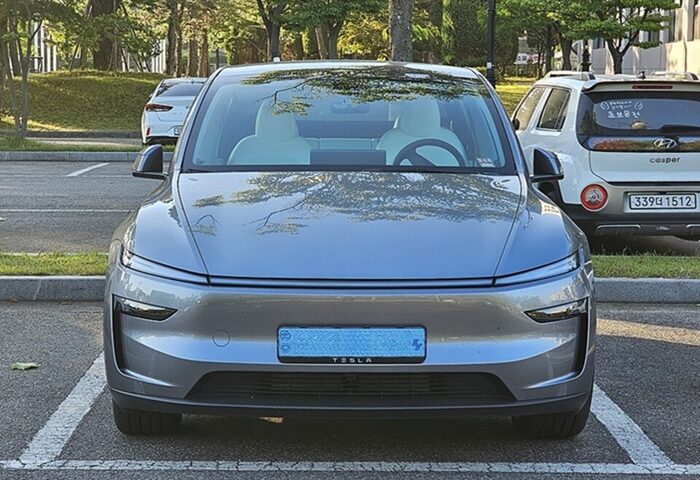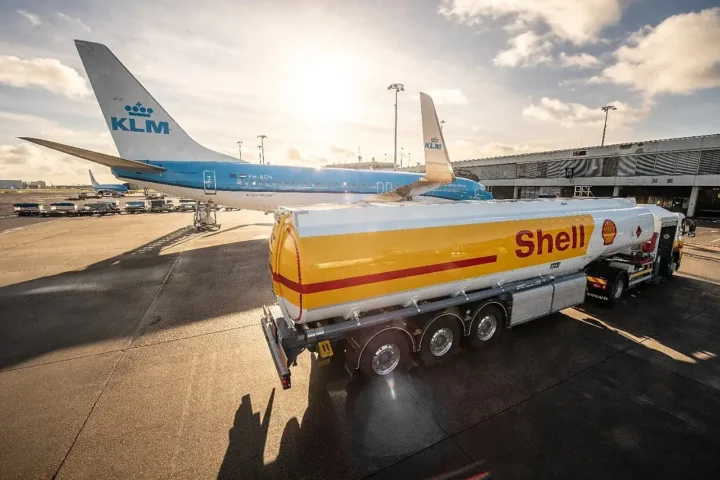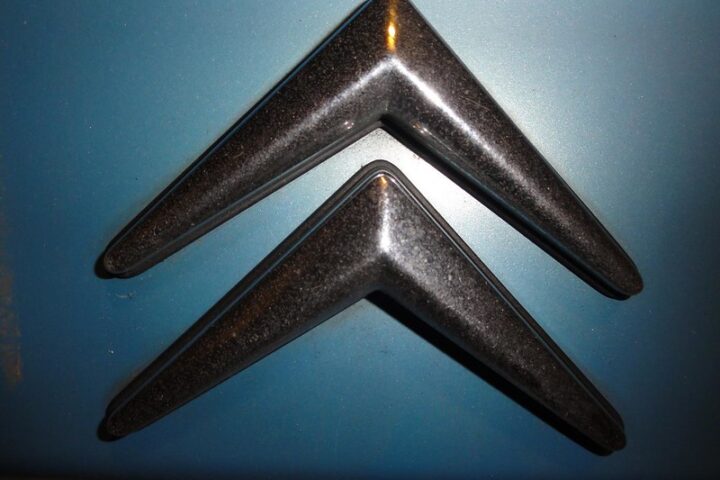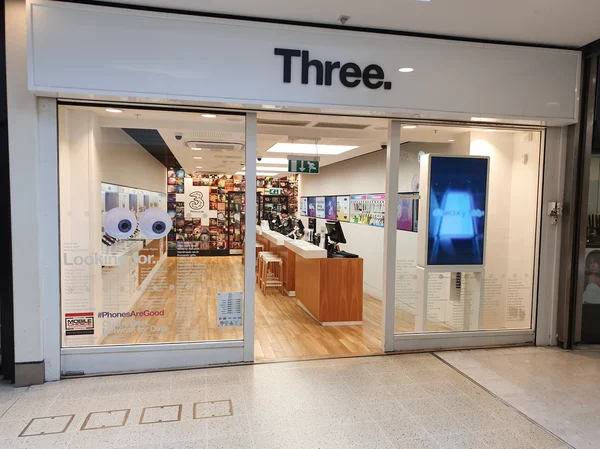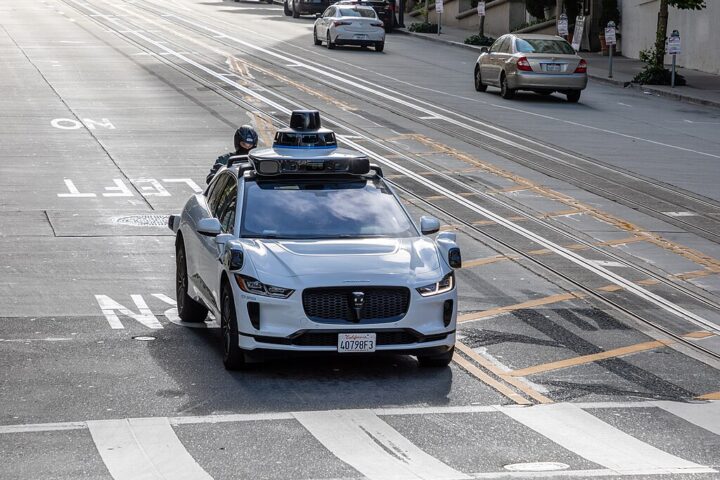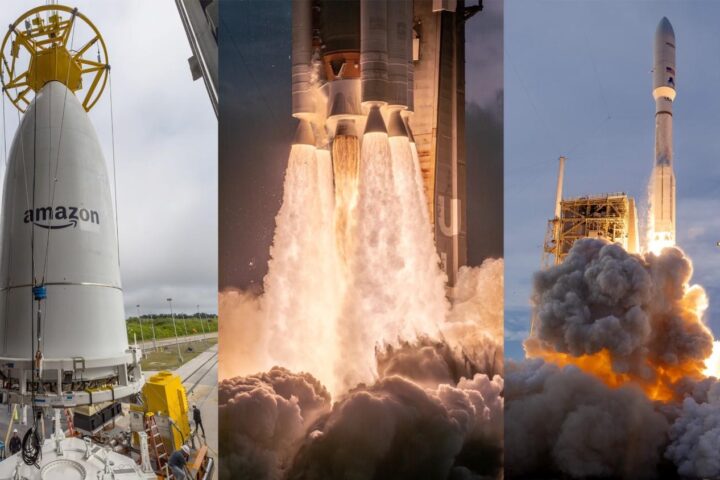In our digitally-driven era, many still linger in the dark, untouched by the web’s vast reach. Enter Project Kuiper, Amazon’s bold plan to cast a net of connectivity from the heavens, offering speedy internet from satellites whizzing around Earth. It’s a big deal for everyone, from kids in far-off villages to city slickers in high-rises.
Project Kuiper’s Launchpad
Back in 2018, Amazon dreamt up Project Kuiper, and by 2020, the FCC was on board. Fast forward to October 6, 2023, and boom—KuiperSat-1 and KuiperSat-2 were soaring into orbit on a ULA Atlas V rocket. This wasn’t just another space mission; it was Amazon putting its grand plan into action.
A Sky Full of Satellites
Imagine a sky teeming with 3,236 Amazon satellites, all there to zip the internet across the globe. These aren’t your average satellites; they’re designed to make the internet zip and zoom with barely a hiccup, perfect for everything from a video chat to defeating aliens in an online game.
The Crew Behind the Curtain
Project Kuiper isn’t just a bunch of metal in the sky; it’s powered by a legion of over 1,000 brainy folks. They’re the wizards turning the gears in Washington, crafting satellites that could soon roll off the line at a clip of five a day.
Testing the Tech
Right now, Project Kuiper is in the thick of it, putting its tech through the wringer to make sure everything’s shipshape. Rajeev Badyal, the tech chief, says the test satellites are doing just fine. Next up, they’ll be tossing data to and fro, from Earth to space and back, all through Amazon’s cloud.
What’s Next?
By the time we’re ringing in the new year, Amazon plans to be churning out satellites ready for a 2024 launch. They’re keeping mum on the price tag, but if Amazon’s past is anything to go by, it won’t break the bank.
Teaming Up for Takeoff
ULA’s not just a launch buddy; they’re key to getting Kuiper off the ground. Gary Wentz from ULA is all about this team-up, which could change the game for internet access worldwide. And with ULA’s Vulcan rocket waiting in the wings, the future’s looking bright.
The Big Picture
Project Kuiper is more than tech and satellites; it’s about reaching out to those left out of the digital loop. Badyal’s hopeful—this could be the thing that brings high-speed internet to corners of the world that have been waiting in the wings.
Eyes on the Sky
As Project Kuiper’s saga unfolds, it’s got everyone from tech geeks to everyday Joes watching. If this goes as planned, the digital divide could go the way of the dinosaurs.Amazon is gearing up to join the space internet club with a plan to send 3,236 satellites into LEO. They’ve already sent two prototypes into space, showing they’re serious about catching up to the front-runners.
- SpaceX’s Starlink:
- Starlink is the one to beat right now, with a sky full of satellites already beaming down internet to various spots on Earth. They’re moving fast and covering ground quickly.
- OneWeb:
- OneWeb has had a rollercoaster ride with money troubles but is back on track, sending satellites up to focus on the northern skies. They’re determined to be a big name in the space internet world.
- Telesat’s Lightspeed:
- Telesat is Canada’s bet in the race, aiming to connect the dots in remote areas and serve the big players in business and government. They’re looking to start with the North Pole and work their way down.
- China’s Hongyan and Hongyun Projects:
- China’s not putting all its eggs in one basket, with two big projects aiming to sprinkle hundreds of satellites each across the sky for a global internet service.
- Russia’s Sphere (Sfera):
- Russia’s Sphere project is still in the starting blocks, but it has big dreams of spreading internet across its vast lands and maybe even further.
- SES’s O3b mPOWER:
- SES is playing a different game with its O3b mPOWER system, which will operate in MEO. This means their satellites hang out a bit higher in the sky, which could give them an edge in certain situations. They’re all about high-speed, low-wait internet, and they’re planning to roll this out in early Q2 2024.
In this satellite showdown, it’s not just about who has the most satellites or the biggest coverage area. It’s about who can deliver the internet that fits what people need, whether they’re in a bustling city or a quiet corner of the world. Project Kuiper, with Amazon’s muscle behind it, is definitely one to watch as they build their constellation. But with SES’s O3b mPOWER system coming online soon, the race is heating up, and the sky’s the limit for what’s possible.
